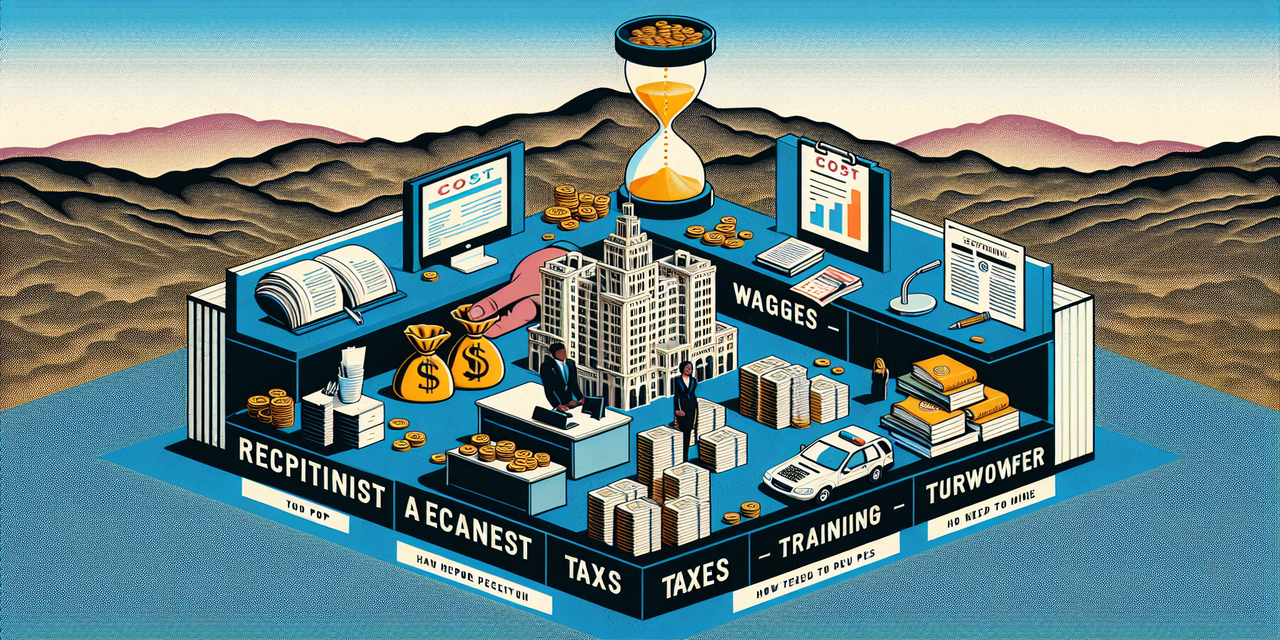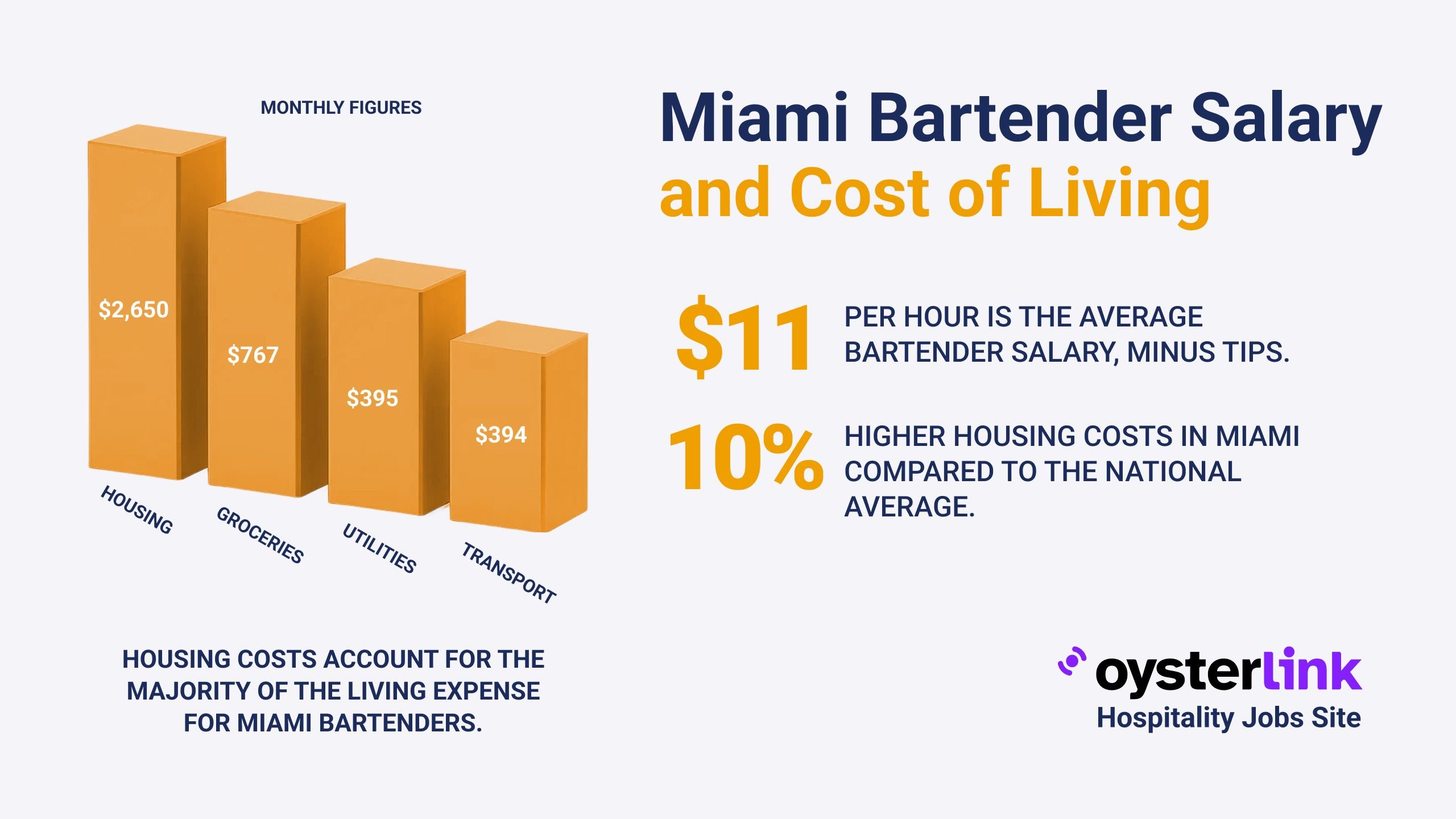San Antonio Cost of Hiring Receptionist: Key Takeaways
- The average hourly wage for receptionists in San Antonio is $15.63, about 10% below the national average.
- Employers pay payroll taxes including Social Security (6.2%), Medicare (1.45%), FUTA (6% on first $7,000), and SUTA varying from 0.31% to 6.31% in Texas.
- Training costs range from $1,000 to $2,000 per new receptionist hire, covering materials and trainer time.
- Turnover rate for receptionists nationally averages 18%, with replacement costs between 50% to 60% of annual salary.
Hiring a receptionist in San Antonio comes with multiple cost elements employers must consider. Wages, taxes, training investments, and employee turnover all impact the total cost.
Understanding these factors can help businesses budget efficiently and improve retention strategies.
For employers seeking to optimize their hiring process, how to hire a receptionist is a helpful resource with practical advice.
1. Receptionist Wages in San Antonio
The average hourly wage for a receptionist in San Antonio is approximately $15.63. Compared to the national average, this wage is about 10% lower, making the city's labor costs relatively competitive.
Assuming a full-time schedule, this hourly wage translates to an annual salary near $32,500. However, wages can vary based on experience, employer size, and industry sector.
Learn more about the receptionist job description to understand the skills and responsibilities that justify these wages.
2. Payroll Taxes for Receptionists in San Antonio
Employers must account for various payroll taxes on top of wages. Key taxes include:
- Social Security Tax: 6.2% of the employee's wages.
- Medicare Tax: 1.45% of the employee's wages.
- Federal Unemployment Tax (FUTA): 6% applied only on the first $7,000 of wages per employee annually.
- State Unemployment Tax (SUTA): In Texas, this tax varies between 0.31% to 6.31%, dependent on the employer's experience rating and payroll.
These taxes significantly increase the cost of employing a receptionist, with the SUTA rate fluctuating based on the company's history of unemployment claims.
3. Training Costs for New Receptionists in San Antonio
Effective training ensures receptionists are prepared for their multifaceted roles. Costs include training materials, the time invested by trainers, and hours spent by new hires learning the job.
On average, companies spend between $1,000 and $2,000 per receptionist hire on training. This investment supports onboarding processes ranging from using office software to customer service best practices.
Optimizing Training Investments
To keep training costs manageable, employers can incorporate standardized programs, utilize online training modules, and assign experienced staff as mentors. These tactics reduce the time and expense needed to bring new employees up to speed effectively.
See our refined guide on onboarding process examples to build a seamless training system for new hires.
4. Impact of Turnover on San Antonio Receptionist Hiring Costs
Employee turnover adds a hidden but substantial cost burden. Although San Antonio-specific receptionist turnover rates are unavailable, the national average turnover for comparable administrative roles is about 18% annually.
Replacing an employee involves recruiting, hiring, onboarding, and lost productivity. Industry estimates suggest turnover costs between 50% and 60% of an employee’s annual salary.
For example, replacing a receptionist with a $32,500 salary could cost an employer around $16,250 to $19,500.
Reducing Turnover through Engagement and Benefits
Employers can mitigate turnover costs by offering competitive benefits such as healthcare, retirement plans, and paid time off, which typically add 30% to 40% on top of base salary.
Investing in employee engagement programs and clear career pathways also promotes retention and reduces frequent hiring expenses.
Employers may find strategies to reduce turnover through engagement and benefits particularly effective in hospitality contexts.
5. Additional Cost Considerations When Hiring Receptionists in San Antonio
Beyond wages, taxes, training, and turnover, employers should consider benefits packages and workspace-related expenses.
Providing health insurance, retirement contributions, and paid leave can increase the total compensation cost by roughly 30% to 40% over base wages. These benefits are important to attract and retain quality receptionists.
Additionally, investing in technology and ergonomic equipment contributes indirectly to hiring costs but improves receptionist productivity and job satisfaction.
To better understand what high-paying jobs entail, you may explore the best paying hotels for receptionists as well.
6. Summary and Strategies for Managing San Antonio Receptionist Hiring Costs
Employers in San Antonio must evaluate multiple factors when budgeting for a receptionist position. Recognizing wage levels, payroll taxes, anticipated training expenses, and turnover-related costs are essential.
Strategies to manage costs include:
- Offering comprehensive and efficient onboarding to reduce training time.
- Enhancing benefits and workplace culture to lower turnover.
- Regularly reviewing tax credits and unemployment insurance rates for savings.
By thoughtfully balancing these elements, businesses can optimize their hiring investment while ensuring high-quality front-desk service.
For additional insight on general hiring costs and cost management in hospitality, see our resource on cost of hiring employees and strategies.
7. Useful Government Resources for San Antonio Employers
For detailed legal information and updates, employers can consult the following resources:
- U.S. Department of Labor: Fair Labor Standards Act (FLSA) - Key labor standards including minimum wage and overtime rules.
- Texas Workforce Commission: Employer Tax Information - Guidance on state unemployment taxes and employer obligations.
- Internal Revenue Service: Employer's Tax Guide - Comprehensive details on federal payroll tax requirements.
San Antonio Cost of Hiring Receptionist: Conclusion
Hiring a receptionist in San Antonio requires considering wages, taxes, training, and turnover, all of which contribute to total employment costs. The average wage of $15.63/hour, combined with payroll taxes and benefits, sets the baseline expense.
Incorporating effective training and implementing retention strategies help reduce turnover-related expenses, which can otherwise reach over half of the employee’s salary. Using government resources can ensure compliance and smarter tax management.
By understanding and planning for these factors, San Antonio employers can make cost-effective hiring decisions while maintaining a quality workforce.

.png)

.png)
.jpg)